Author: willowbl00
-
Willow looks at connections, systems, empowerment, and powerlessness and strives to both understand and improve whatever they find.
-
Tech Selection example
Having trouble viewing? Try opening the spreadsheet directly here.
-
Small org response checklist
If you have time in your regular meetings to discuss disaster preparedness, here are some things you could consider to be set up for greater success:
-
Threat modeling for disasters
Environmental hazards Investigate what sorts of hazards are likely to occur in your region by using available tools. If you can’t trust the tools, talk to people who have been around for a long time about what is likely to happen and how to prepare. Discuss it with neighbors. There are often environmental justice organizations in each…
-
Interacting with FEMA
What do you qualify for? From @EmergencyLegalResponders Think FEMA only gives $750? You could qualify for much more! The $750 Serious Needs Assistance gives quick help for essentials while FEMA reviews your case. Don’t hesitate to apply – you might qualify for more aid later, like helping with temporary housing, personal belongings, or home repairs!…
-
Sniff test & teaming up
Determining if they’re collaborative When I was doing crisis response in 2010-2018, the vast majority of people in the formal sector actually wanted to help the frontline population and had a deep breadth of education and experience in doing so. One of the things about the formal sector is that they’re NOT starting from square…
-
Arc of disaster response
There’s this standard graph of needs versus resources that emergency managers use. It indicates that needs for an area are usually pretty steady, but when a disaster strikes, needs rise. Needs rise because some resources are destroyed and because people are distressed and injured (needing more resources than usual). It also indicates that access to…
-
Avoiding PTSD
By Willow and Jesse, and with thanks to Kara for their review. This article is not therapy, and Jesse is not yet a therapist. Most people experience stress when responding to a disaster. Everyone copes with the stress, and some people recover without stress injury. But responding in the field and helping from afar can…
-
Documentation in disaster response
There’s so much going on! Surely slowing down to write about it isn’t worth the time and effort. But it is! Promise. Use it for learning, use it for community Celebrate your documentarians! It’s fairly thankless work that helps the whole organization keep going smoothly. Styles There are two main ways to think about documentation…
-
Dealing with Money in disaster response
At some point, if you are visible enough, people will want to give your group money to do what you’re doing in responding to the crisis. Ideally, you will have been tracking who is putting money into the response so you can later pay them back if outside donations start coming in. Have a spreadsheet…
-
Data security in crisis situations
Shout out to Baron Oldenburg and Eleanor Saitta for feedback on this post! Information is flying around fast and loose as you try to help people in need. Anyone who has capacity to help has been added to a spreadsheet tracking needs. If you’re in the thick of it, this piece isn’t for you yet.…
Other Contributors
Authors List
-
MJ is an enthusiastic maker and breaker of technologies for social justice. They have a passion for teaching, learning, and merry-making in service of loving and dignified way of being.
-
Willow looks at connections, systems, empowerment, and powerlessness and strives to both understand and improve whatever they find.
-
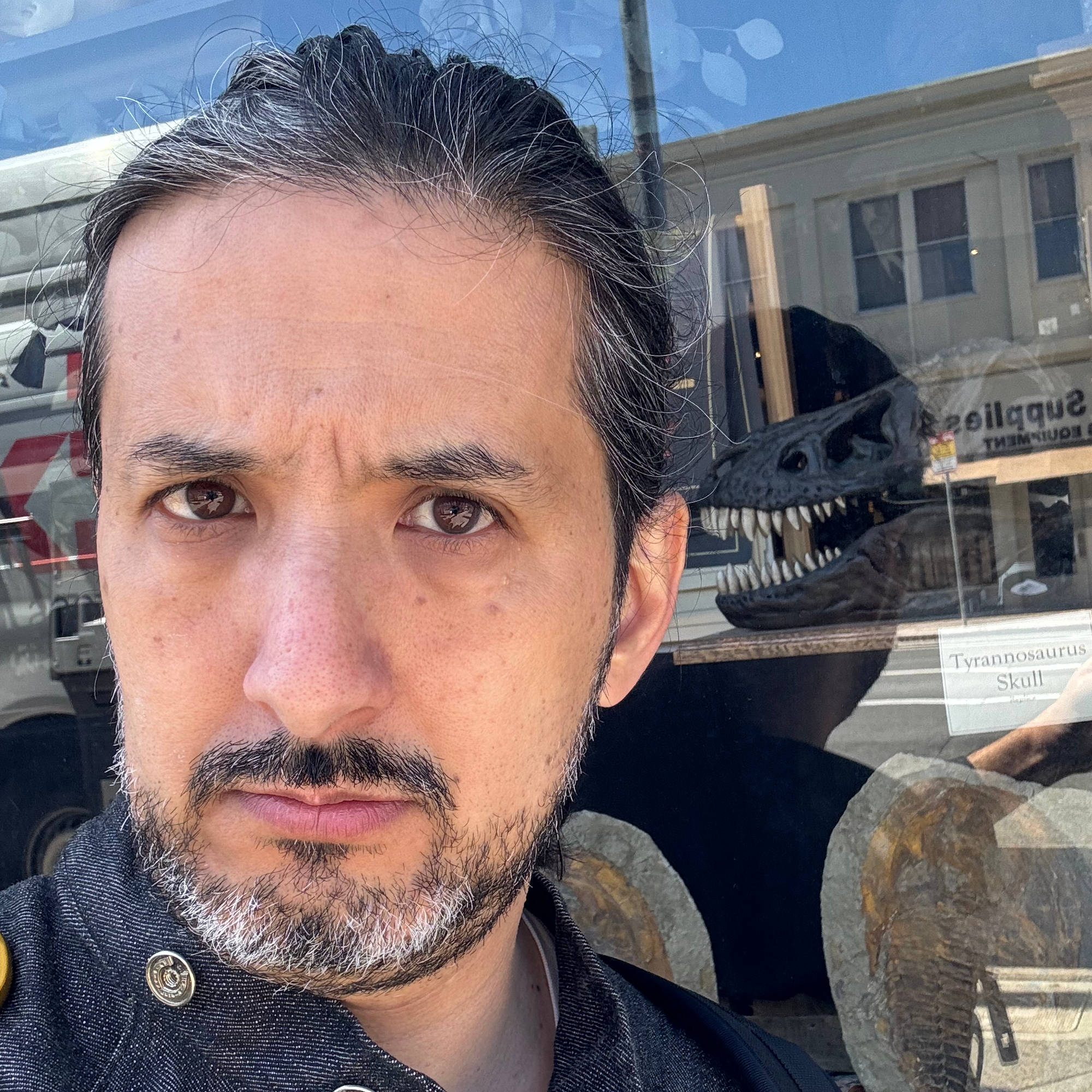
Dan Tennery-Spalding is a teacher / software engineer in Oakland, California. He started his activist career leading know your rights trainings for the anti-globalization and anti-war movements before pivoting to a focus on emergency preparedness. Find him on Bluesky: @magnitude.bsky.social
-
He’s developed expertise on issues related to disaster response, participatory democracy and government technology, which he has shared via dozens of presentations at events organized by the American Red Cross, US Department of Defense, NYC Mayor’s Office, United Nations, g0v.tw, MediaLab Prato and others. His writing about government technology often appears in Gotham Gazette. A complete list of presentations and writing can be found at devinbalkind.com.
-
Drew is a cultural poet, artist, activist, and community organizer who uses technology and design to support building the beautiful world we all know is possible.
-
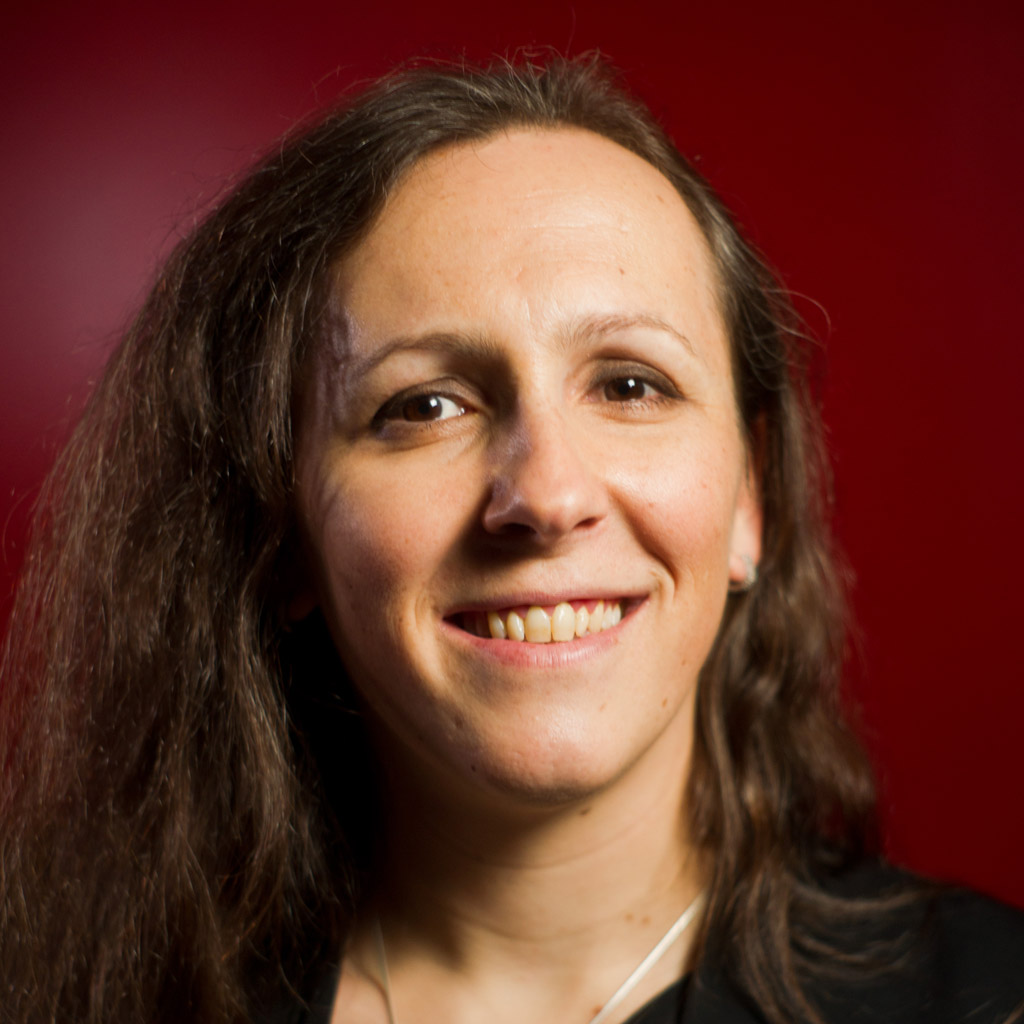
Eleanor Saitta is a hacker, designer, artist, writer, and barbarian. She makes a living and a vocation of understanding how complex transdiciplinary systems and stories fail and redesigning them to fail better.
-

Hadassah Damien is the real talk punk big sister behind Ride Free Fearless Money. She’s an entrepreneur, innovation coach, and human-centered designer, with an MA in sociology & political science, a DIY MBA from running 5 businesses, and a DIY MFA from touring art for 7 years.
-

Mom and pro-catastrophizer, Jen Heller is on a mission to help as many families as possible prepare for disasters. Her super power is taking complicated information and breaking it down into easy-to-understand pieces. She founded Here Comes the Apocalypse and offers free resources and a step-by-step system for disaster preparedness.
-
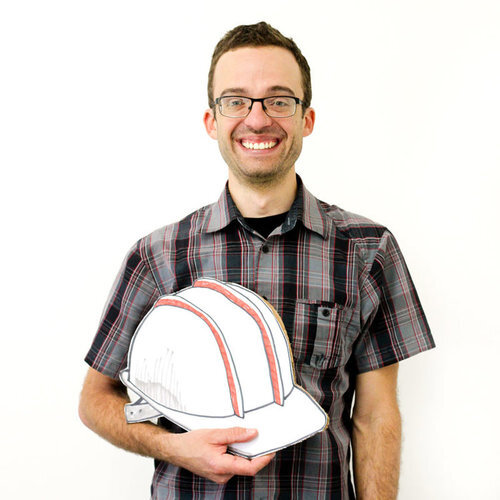
Jesse (he/him) is a mental health advocate and first aid nerd who is currently studying counseling. He is committed to advancing equitable mental health care. His previous career included designing and building science exhibits, public space installations, and bakery facilities.
-

John Crowley is an expert in connecting grassroots and government around crisis response. He has held leadership and technologist posts at the Red Cross (IFRC), United Nations, and multiple humanitarian NGOs.
-
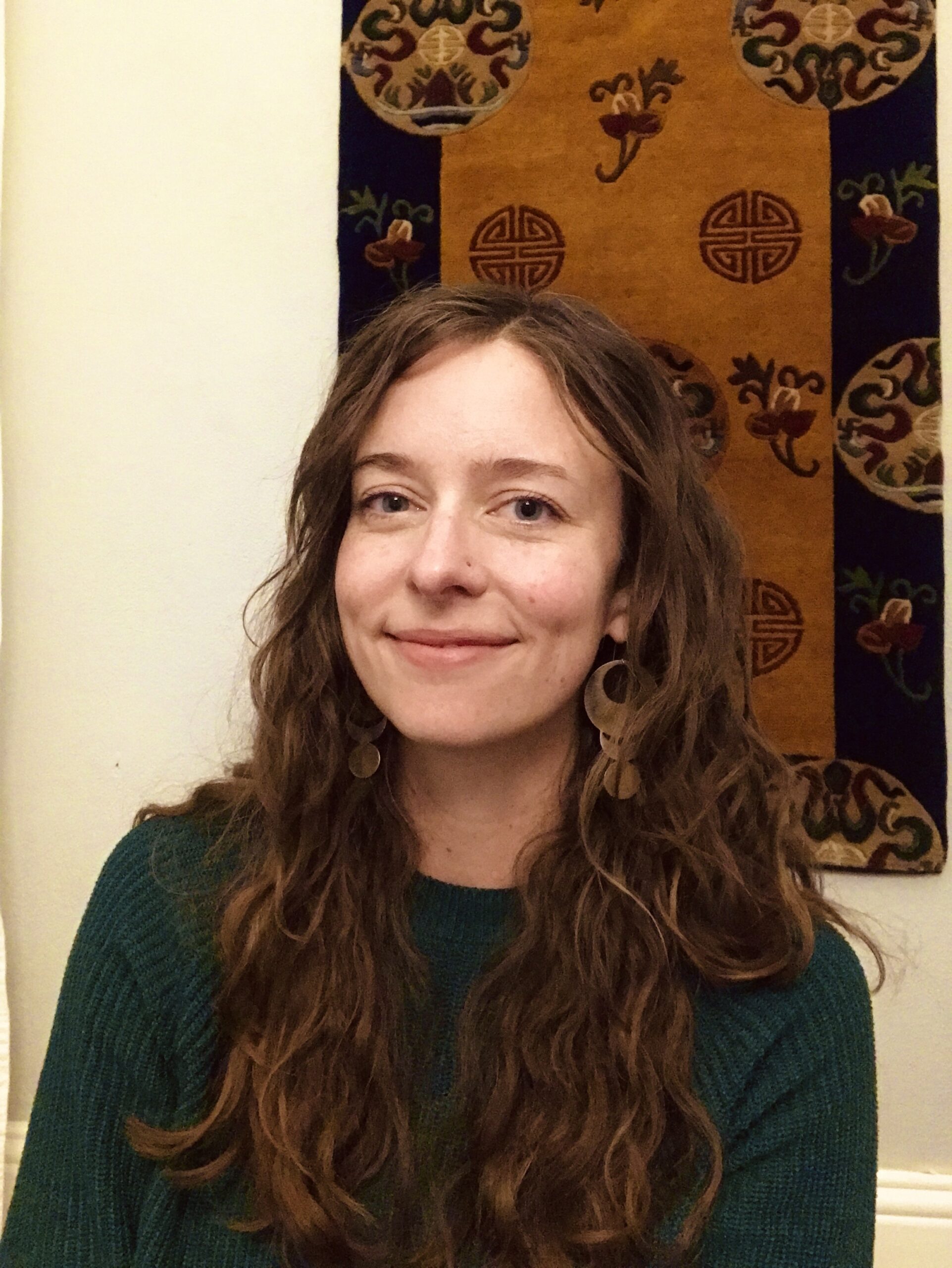
Kate has spent the last 16 years working across the US at the intersection of agriculture, technology, justice, and democratic workplace design. Bouncing between food production and technology, she has built a career out of working behind the scenes to tackle system-wide problems, especially the ones that involve spreadsheets or power tools.
-
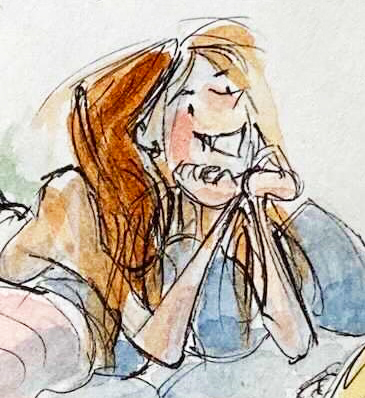
Kendra Allenby is a cartoonist for the New Yorker and other magazines, and teaches drawing and creative practice to adults. She often draws cartoons for the Red Cross and other humanitarian organizations where she uses humor to make difficult topics approachable. If she’s not drawing, she’s probably outside.
-
Mark Ferlatte thinks about and works on complex systems. Some days, the systems work on him instead.
-
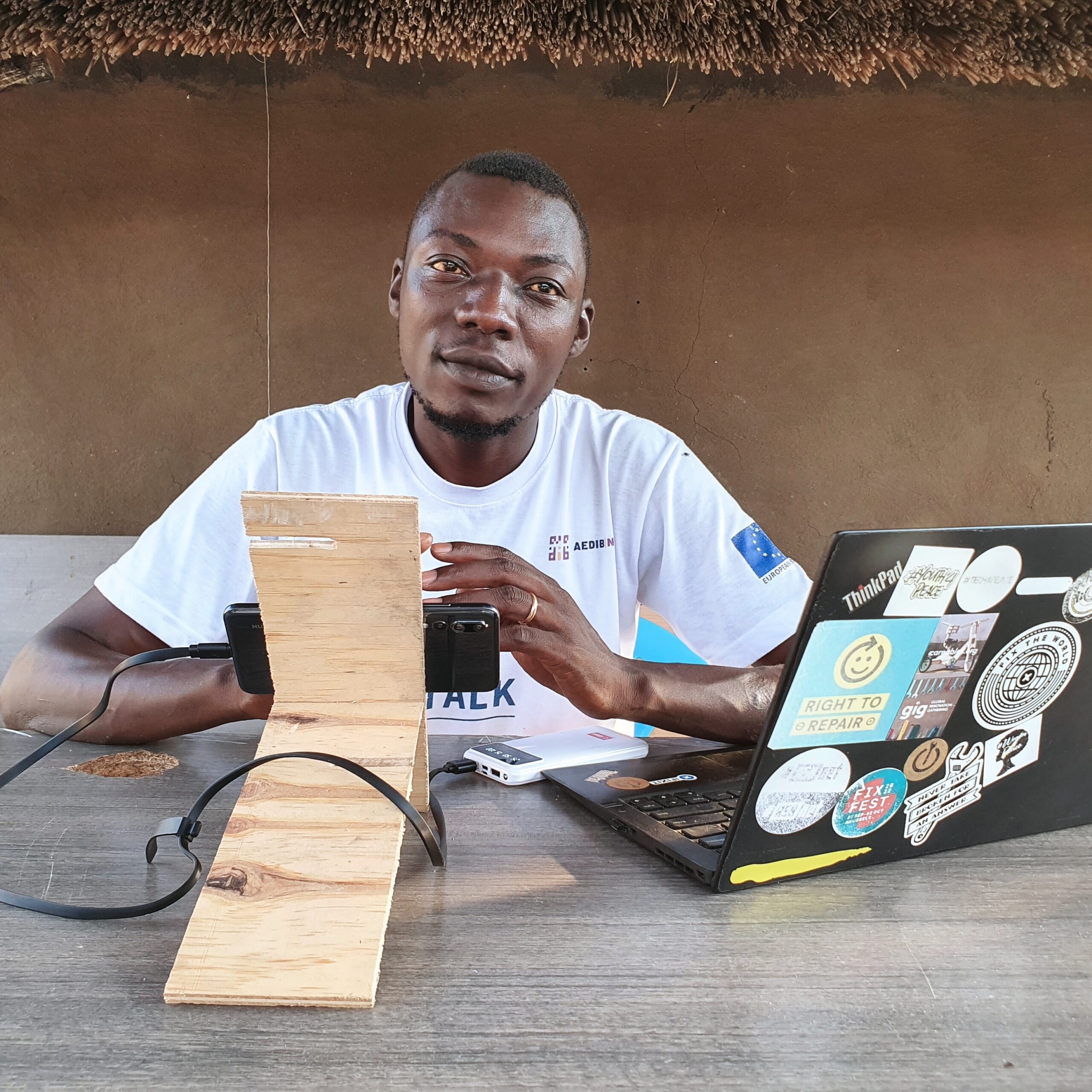
Mathew Lubari is a self-taught repairer, passionate advocate for digital literacy and repair activism, and leader in the Right-to-Repair Movement dedicated to empowering communities through skills development.
-

Nana is a researcher and policy consultant with a focus on clear, accessible language that demystifies complex topics. Dedicated to advancing responsible emerging tech practices and thoughtful policy development.
-
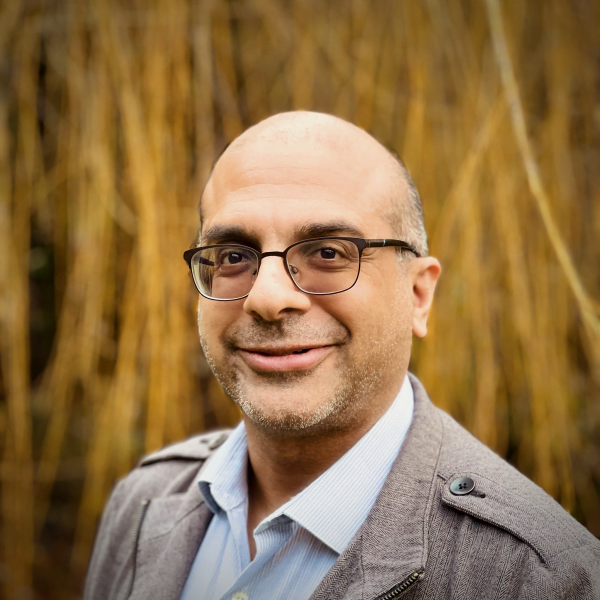
Rakesh Bharania is President of Tarian Innovation and has spent more than 29 years in the humanitarian sector, focusing on the intersection of emerging technologies and international crisis response. He has led cybersecurity, privacy and humanitarian efforts at Cisco, Apple and Salesforce, with a focus on the effective, equitable and protective use of technology in fragile contexts.
-

Roo is a queer trans Muslim punk who is living the dream in an intentional community in the Hudson Valley. They cofounded a worker owned cooperative that provides technology consulting services to organizations, and can be found most place online as mxroo.
-
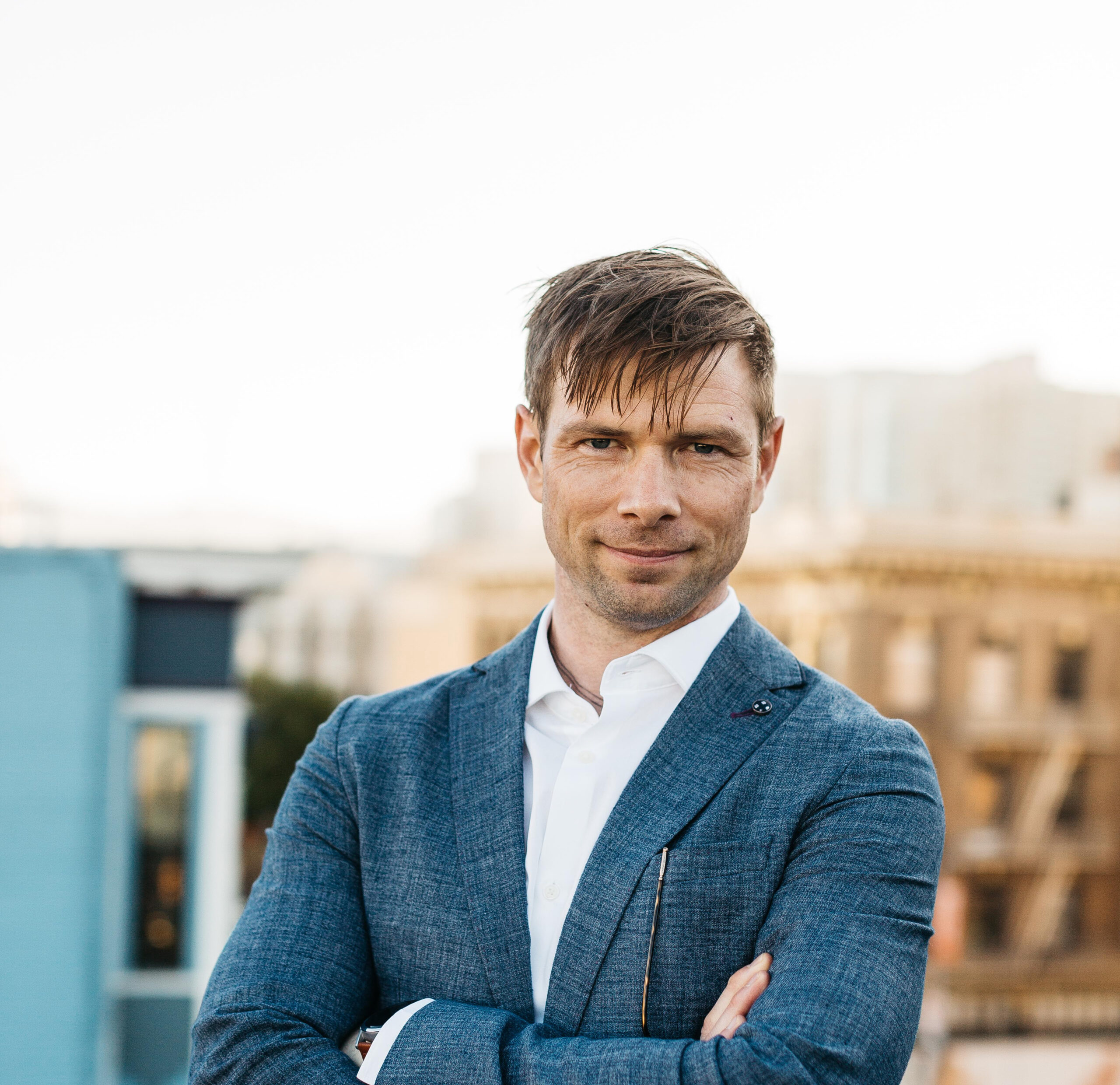
Seamus works as the Director of Operations for Leverege (an AI & IoT tech company) where he designs, builds, and deploys systems to manage people, money, business relationships, consumer privacy, and corporate security.
In his free time, Seamus has built Digital Aid Seattle, a completely volunteer 501(c)(3) organization building free, bespoke, open source digital tools for underfunded communities and municipalities.